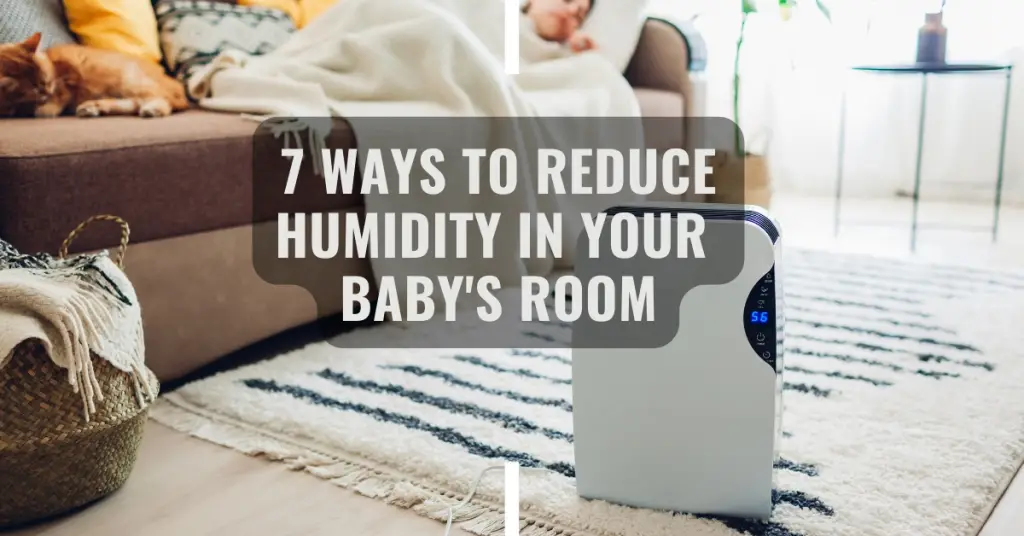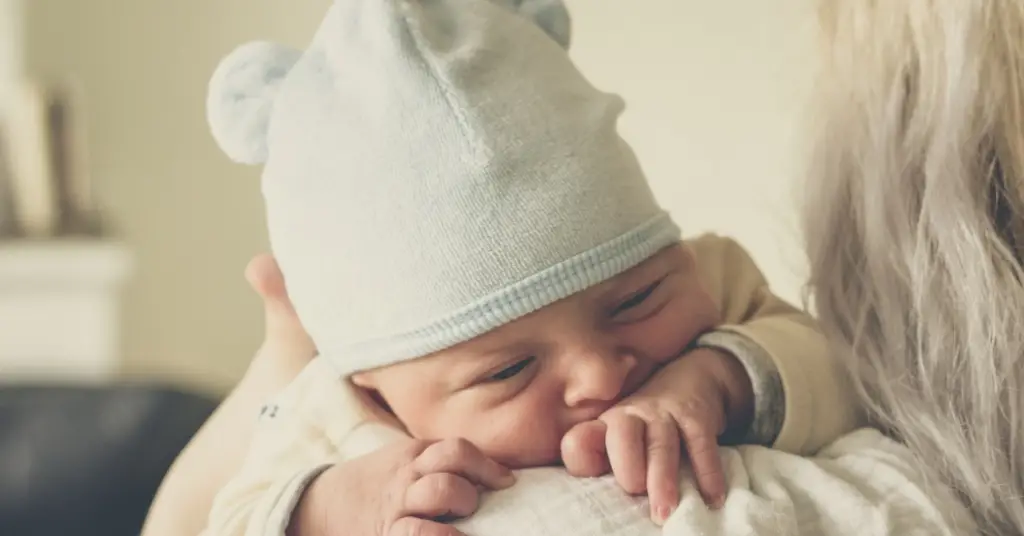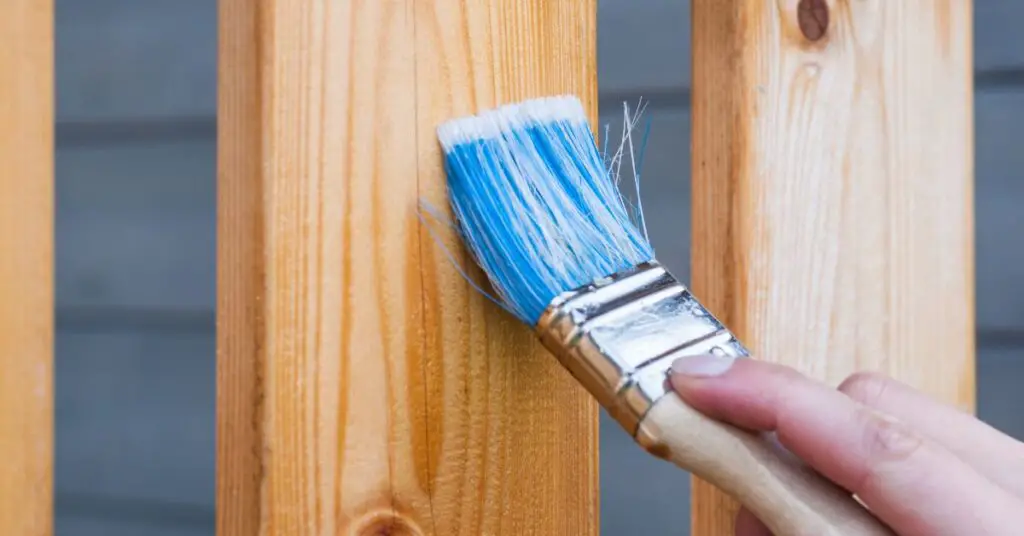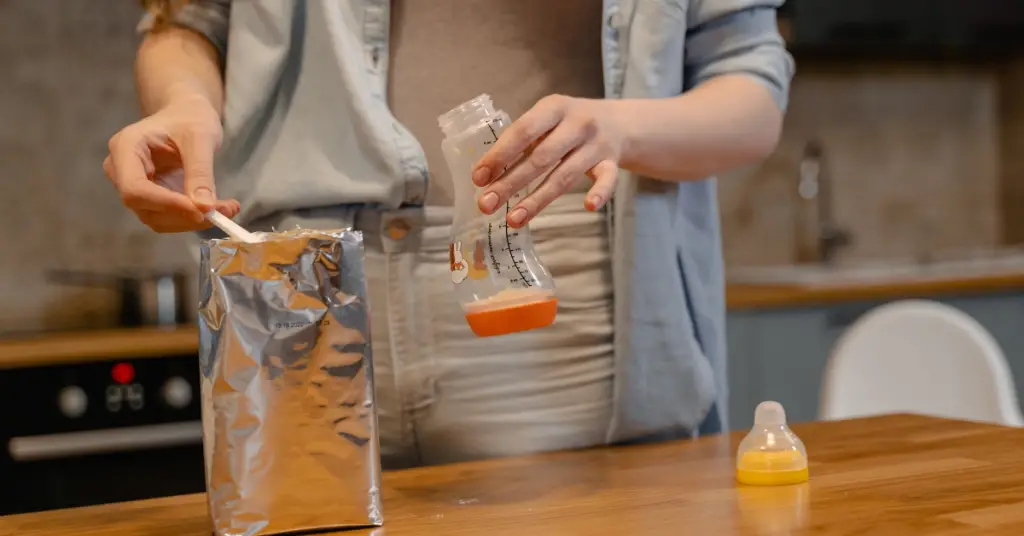Learn more about the process of baby helmets, including how they work and what you can do to make sure your child gets the best care possible.
The products mentioned on this page were independently selected by Babycious editors. As an Amazon Associate, Babycious may earn a commission from qualifying purchases.
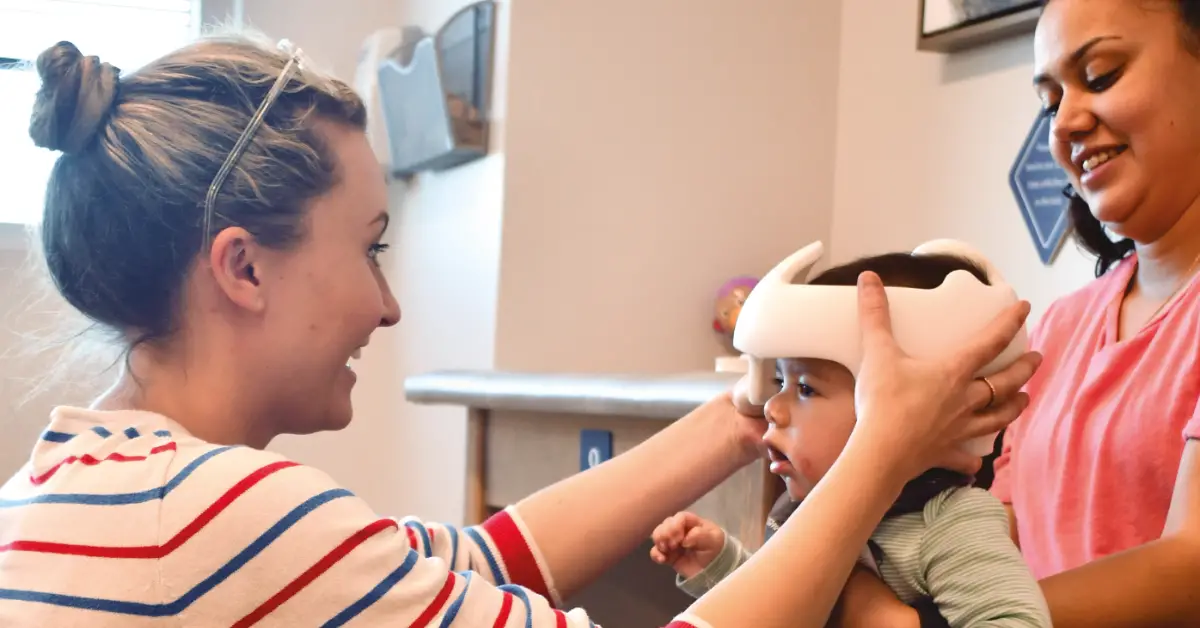
Photo by Cranial Technologies
When it comes to getting your baby the medical care they need, you want to do everything possible. In some cases of severe plagiocephaly, also known as flat head syndrome, helmet therapy can be necessary and can have a positive impact on your baby’s development and future well-being. So how do baby helmets work?
Baby helmets are designed to gently shape your baby’s head over time. They work by having the round parts of your baby’s head held steady while giving the flat portions space to grow outward and to round out. When used correctly, including wearing them the mandatory 23 hours a day and getting them early enough, cranial helmets can effectively treat plagiocephaly and correct your baby’s head shape and any misalignment.
Baby helmets are usually made of lightweight foam and lined with fabric for comfort. They’re custom-fit to your baby’s head and can be adjusted as your baby grows.
Helmet therapy typically lasts for 4-6 months, during which time you’ll need to bring your baby in for regular appointments to have their helmet refitted and adjusted. It’s important to follow your doctor’s instructions during this process to ensure that your baby’s helmet is working correctly and that their head is being correctly shaped.
What Determines if A Baby Needs a Cranial Helmet?
A common misconception is that all babies with flat head syndrome require a cranial helmet. This isn’t always the case, and in many instances, physiotherapy, repositioning, and other non-surgical treatments can effectively treat plagiocephaly.
If you were referred by your baby’s pediatrician to get a cranial helmet, it’s very likely that your baby has severe plagiocephaly that can’t be improved with nonsurgical treatments (including tons of tummy time).
Getting a second opinion from a different medical professional, such as another pediatrician or a craniofacial surgeon, can be a good idea if you are skeptical about whether or not your baby needs a helmet. But do it quickly because there is only a small window of time your child has to correct the issue before their head shape becomes permanent.
Can Physical Therapy Be Enough?
If your baby’s plagiocephaly is mild and is mainly caused by torticollis, you may look into physical therapy first. Having torticollis means that your baby’s neck muscles are tight which makes it difficult for them to turn their head to the opposite side. This can lead to flat head syndrome because your baby will often sleep on the same side, causing uneven pressure on their skull.
An indicator of torticollis is if your baby only has a flat spot on one side of their head.
Physical therapy can help to loosen the muscles in your baby’s neck and correct the torticollis. The physical therapist will give you some exercises to do at home and once your baby starts moving their head around and getting more mobile, the flat spot may disappear or become less severe without the need for a cranial helmet.
Along with physical therapy, it’s important to do lots of tummy time and drastically cut down the amount of time your baby spends lying on their back when they’re not sleeping. Making time each day for tummy time goes a long way in preventing flat head syndrome and can also help to improve it if your baby already has a flat spot.
How Many Hours a Day Do Babies Wear Helmets?
The instructions for helmet therapy are to wear the cranial helmet for 23 hours a day to ensure your baby gets the best possible results. This can be daunting but it’s necessary to give the helmet enough time to work.
You can take the helmet off for short periods of time when you’re doing things like bathing your baby, but otherwise, it should stay on. The breaks should not be more than one hour a day in total. Keep in mind that the more your baby wears the cranial helmet the quicker the results will show and the quicker you’ll both be over with the whole process.
Wearing the cranial helmet for 23 hours a day also means that your baby will need to sleep in it overnight and during their naps. This can be tricky to get used to but it’s easier to endure the transition for a couple of days than to ditch the helmet. Just make sure that your baby is not too hot. If you notice your baby getting sweaty, you can use a fan and dress them in light clothing.
Final Thoughts
There are many misconceptions about baby helmets and how they work. Hopefully, this article has helped to clear some of them up! cranial helmets are an effective treatment for severe flattening but may be overprescribed so make sure your baby really needs helmet therapy before you commit.
The purpose of this article is informative and educational only. It’s not a substitute for medical consultation or medical care. We do not accept any responsibility for any liability, loss, or risk, personal or otherwise, incurred as a consequence, directly or indirectly, from any information or advice contained here. Babycious may earn compensation from affiliate links in this content.
